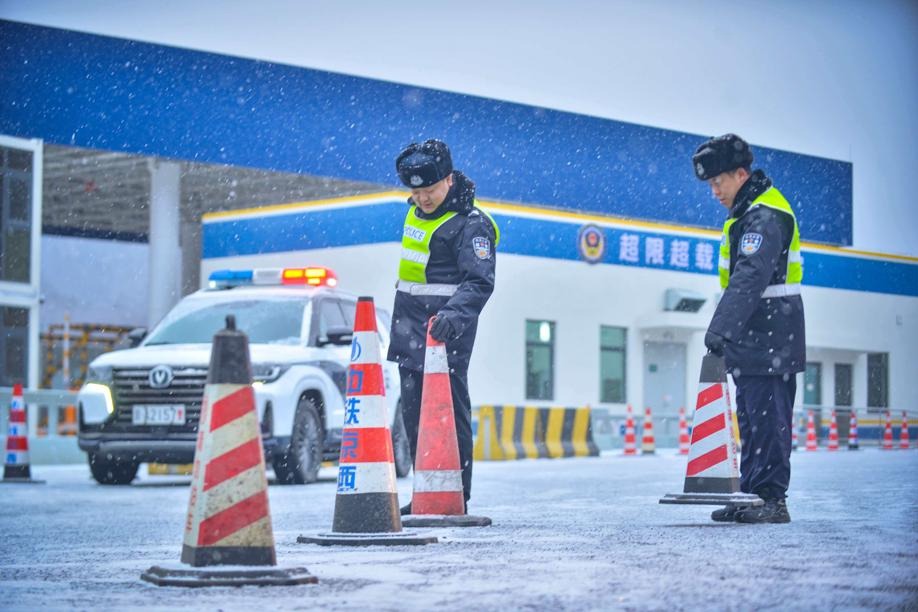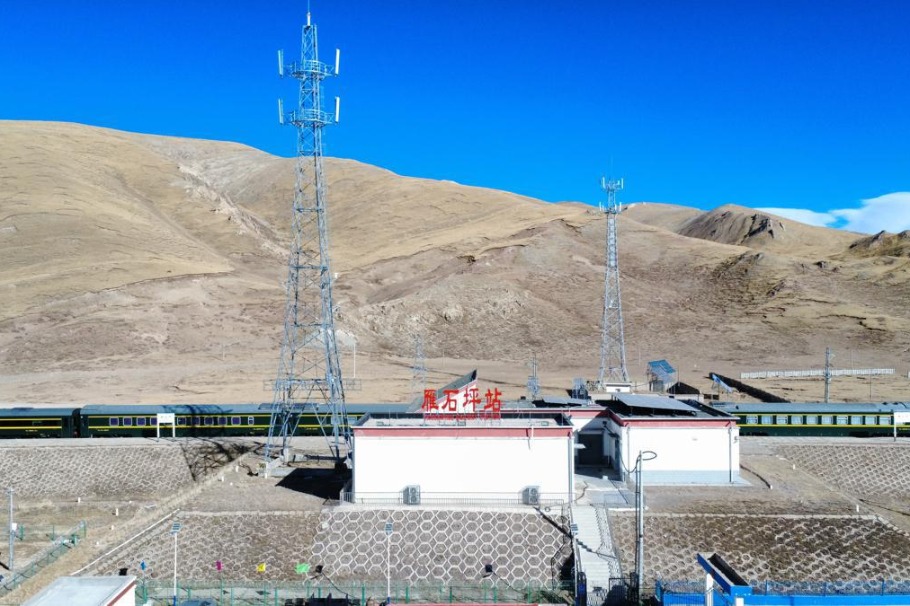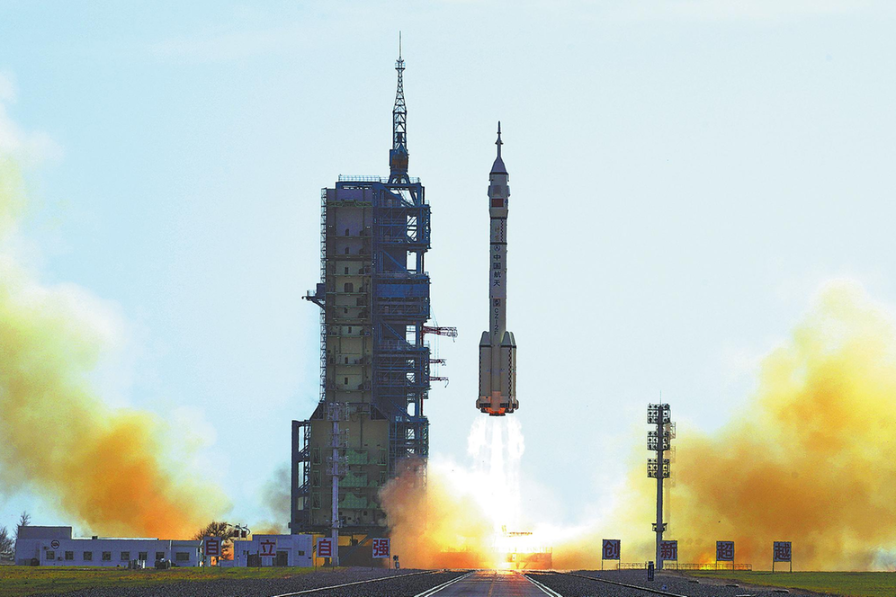Innovation key to propelling Anhui

Governor cites province's early lead in rural reform as future path

In the eastern province of Anhui, widely seen as the birthplace of China's rural reform, excitement reigns regarding the policies of opening-up and economic development, according to its governor, Li Guoying.
He said the province will promote all-around reform and increase its reliance on science and technology for future development.
In 1978, after the collective farming policy had been in force nationwide for about 20 years, 18 farmers in Anhui's Xiaogang village secretly signed an agreement to subdivide their farmland into family plots, in the hope of increasing crop yields by using the new motivation to work harder.
It was a pivotal moment in the country's reform and opening-up policies, which now have been in place for 40 years.
The pioneering practice helped China expand its rural reform. Anhui has seen a lineup of major development achievements in the past few decades, he said.
As an example, he said, market entities in Anhui have almost doubled from 1.93 million to 3.81 million over the past five years.
Anhui is one of the first provinces to have released lists of all the powers and responsibilities granted to four governmental levels-provincial, municipal, county and township.
"To achieve continuous development, new policies and procedures are needed to boost social vitality and creativity. Anhui has launched projects in new development areas," he said.
Last year, central authorities approved plans by Hefei, Anhui's capital, to build the country's second comprehensive national science center, following Shanghai.
Hefei is home to many prominent universities and institutions, including the University of Science and Technology of China and the Hefei Institutes of Physical Science, which is part of the Chinese Academy of Sciences.
A number of national-level laboratories and cutting-edge scientific devices have been developed in Hefei, making it a core city in terms of research and development projects.
Hefei has been leading the country's breakthroughs in quantum information, nuclear fusion, steady high-magnetic fields and iron-base superconducting technology, he said.
The Hefei-Wuhu-Bengbu National Independent Innovation Demonstration Zone is a leading driver of innovation and research in the province.
New reform and opening-up measures have to be taken to boost entrepreneurship, attract skilled professionals and promote cooperation.
The number of patents on average per 10,000 residents in Anhui has grown from 1.29 in 2012 to 7.7 last year.
Science and technology development will provide strong momentum for Anhui's growth, the governor said.
Five years ago, 6.2 percent of Anhui exports were high-tech products, but that surged to 24.7 percent last year.
Eighty foreign companies on the Fortune Global 500 list had launched 152 projects in Anhui by the end of last year. The province has also created a number of its own multinational enterprises.
Direct foreign investment has grown by 13 percent a year, with a five-year total of $67.3 billion by 2017.
Li said Anhui is expected to draw more overseas companies from its strategic, emerging industries, which include new types of displays, integrated circuits, speech recognition, new energy vehicles, robots, high-end equipment and biomedicine, and high-end medical equipment.
"We will also lower the restrictions on attracting overseas companies to engage in the modern services sector, which includes tourism, logistics and health," he said.
Anhui also enjoys geographic advantages for opening-up. For instance, Li said, eight cities in the province were listed in the State Council's development plan in 2016 for the Yangtze River Delta city cluster.
The region is centered on Shanghai, while Hefei is one of the three subcenters of the city cluster. The other two are Nanjing in Jiangsu province and Hangzhou in Zhejiang province.
- Memorial ceremony remembers victims of Nanjing Massacre
- Louvre's largest showcase in China goes on display at Museum of Art Pudong in Shanghai
- Indonesian foundation to fund students, school administrators to exchange and study in Tianjin
- Archives detailing crimes of Japanese unit released
- 'Reservoirs of primordial water' may be buried deep within Earth
- China remembers victims of Nanjing Massacre, 88 years on




































